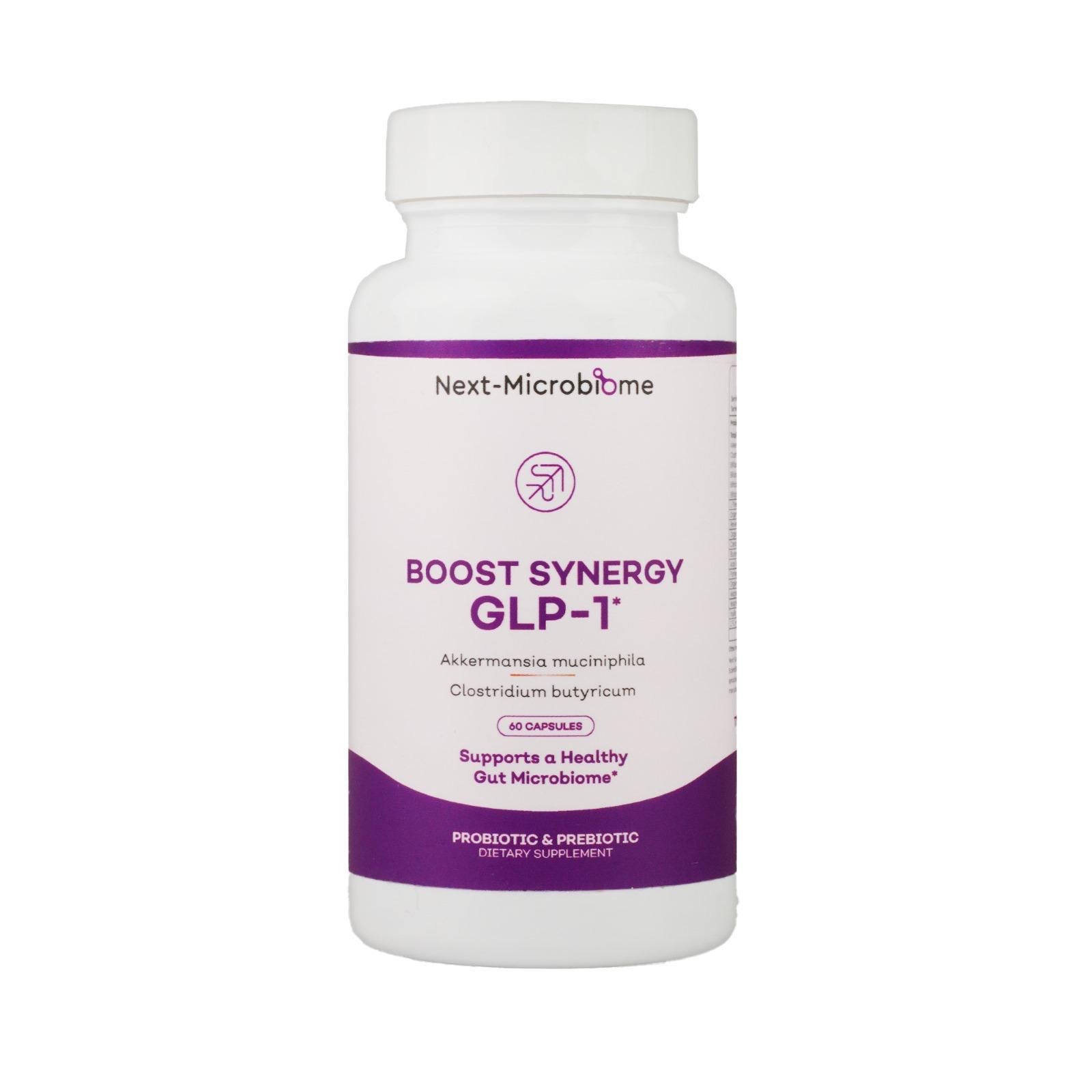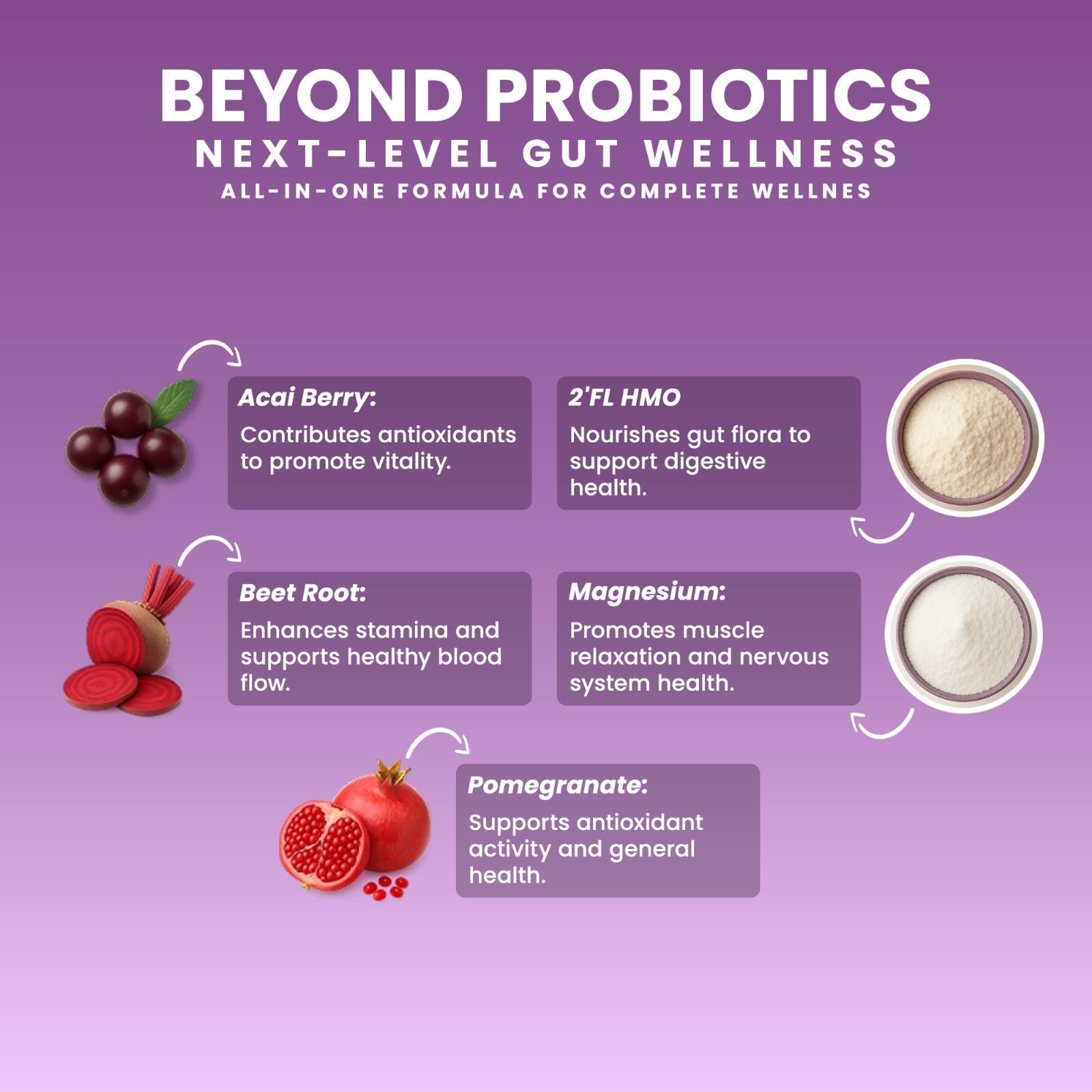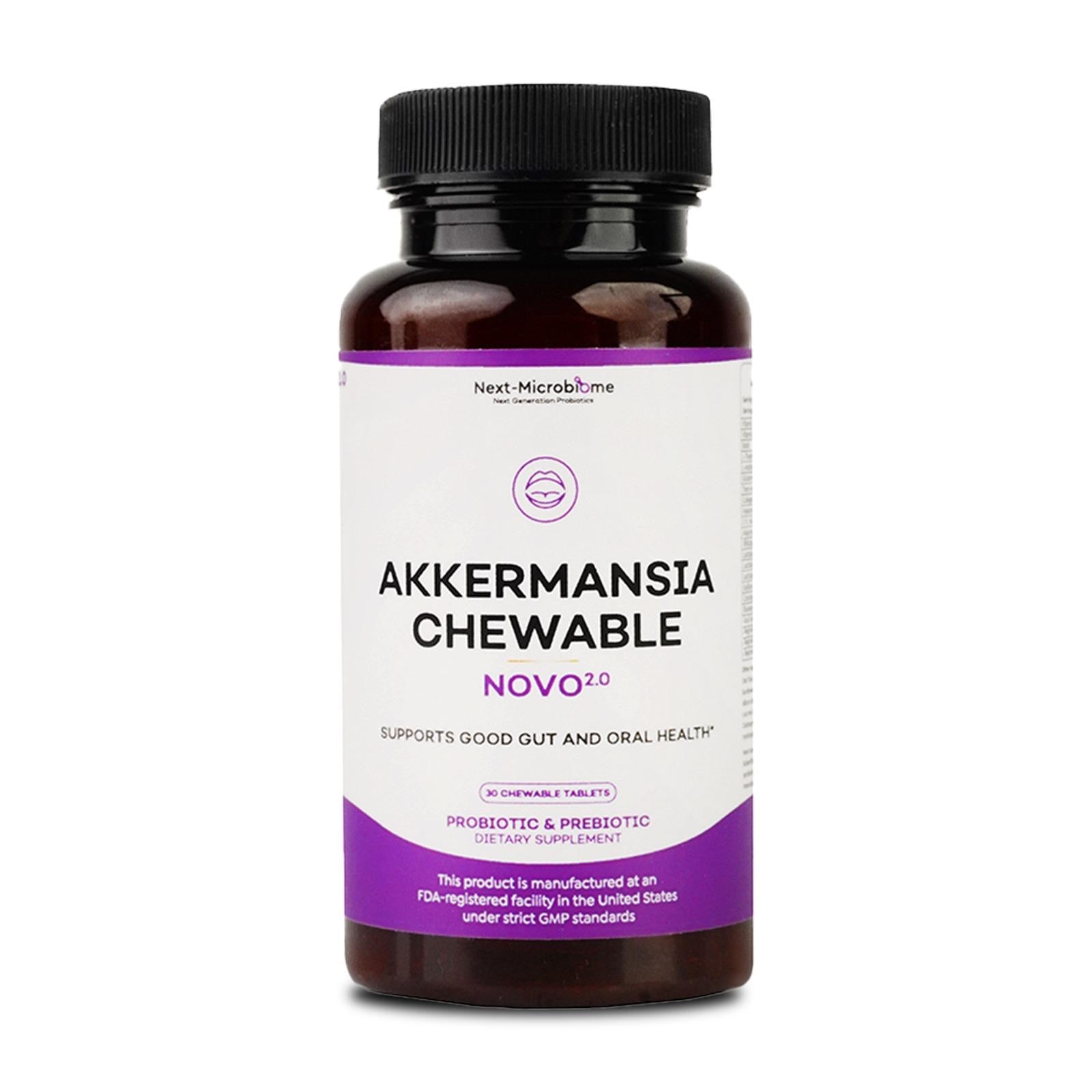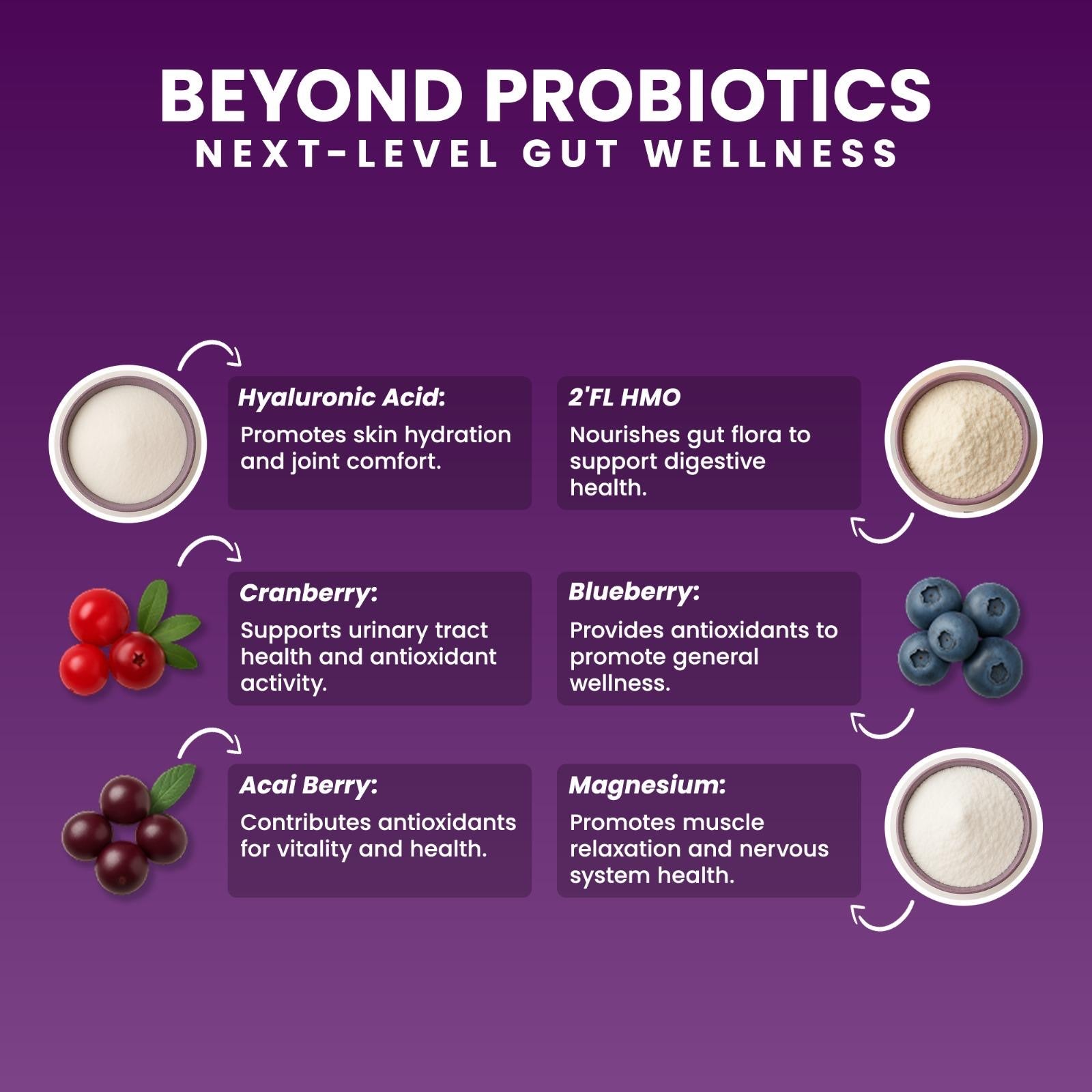
Akkermansia for Kids | Building a Stronger Microbiome
Akkermansia for Kids — Building a Stronger Microbiome from the Start
Every child carries a hidden universe inside them — a living ecosystem of bacteria that shapes not only their digestion but also their immune system, mood, and focus. Among these countless microbes, one stands out as a true guardian of balance and resilience: Akkermansia muciniphila.
Recent scientific studies have revealed that this single bacterium plays a central role in children’s gut health, acting like a natural shield that protects the gut lining, reduces inflammation, and trains the immune system during early life.
Why Akkermansia Matters for Children’s Gut Health
Akkermansia lives in the protective mucin layer of the intestines — the very barrier that separates the inner world of the microbiota from the child’s bloodstream.
When Akkermansia thrives:
-
The gut wall becomes stronger and less permeable.
-
Harmful bacteria and toxins are kept out.
-
The immune system learns what’s safe and what’s dangerous.
-
Nutrient absorption and metabolism stay efficient.
However, modern childhood diets rich in sugar, preservatives, and antibiotics can wipe out Akkermansia populations. That’s when problems like food sensitivities, low immunity, eczema, and digestive irregularities often start to appear.

How Akkermansia Shapes Immunity and Brain Development
In early life, a child’s microbiome sends chemical signals that guide immune cell education and brain development.
Research now connects higher Akkermansia levels with:
-
Balanced immune responses (fewer allergic reactions)
-
Improved glucose regulation and metabolism
-
Enhanced neuroplasticity — the brain’s ability to adapt and learn
The gut and brain communicate through the vagus nerve, forming what scientists call the gut–brain axis. When Akkermansia maintains a healthy gut barrier, inflammation in the body and brain decreases — supporting calmer moods and sharper focus in children.

The Early Years: Critical Window for Microbiome Formation
The first 1,000 days of life are when a child’s microbiota foundation is set.
Factors that influence Akkermansia development include:
-
Natural birth vs. C-section
-
Breastfeeding duration
-
Antibiotic exposure
-
Dietary diversity (fruits, vegetables, polyphenols)
Even if these early influences disrupted Akkermansia, it’s never too late. Through diet and targeted next-generation probiotics, you can rebuild a healthy gut environment that supports growth and learning.
Natural Ways to Support Akkermansia in Kids
Here are science-based, parent-friendly ways to help Akkermansia flourish:
-
Offer colorful plant-based meals: apples, berries, leafy greens, and mushrooms contain polyphenols Akkermansia loves.
-
Include fermented foods: yogurt, kefir, and mild sauerkraut (for older kids).
-
Limit ultra-processed snacks and added sugars.
-
Encourage outdoor play and pet interaction — natural microbial exposure boosts diversity.
-
Consider a specialized probiotic containing Akkermansia muciniphila and complementary strains.

Why Next-Microbiome’s Chewable Akkermansia Stands Out
Ordinary probiotics rarely reach the colon where Akkermansia naturally lives.
Next-Microbiome Chewable Akkermansia was developed using advanced stabilization technology — ensuring that beneficial bacterial components remain bioactive and effective.
Unlike generic probiotics that rely only on inulin, our formulation includes diverse plant-based prebiotics and herbal co-factors, designed to nourish a child’s whole microbiota ecosystem — not just one species.
👉 Learn more about Chewable Akkermansia.
Building a Healthier Future Starts Inside
Supporting Akkermansia in early life doesn’t just mean fewer stomach aches — it can shape a healthier immune system, stronger emotional balance, and better cognitive resilience for years to come.
When children’s inner ecosystem is balanced, everything from their digestion to their daily joy flourishes.
Links
-
Homepage – main keyword anchor: Akkermansia for Kids
-
External Scientific Source — recent review on Akkermansia’s immune-modulating effects
Written by Ali Rıza Akın
Microbiome Scientist, Author & Founder of Next-Microbiome
Ali Rıza Akın is a microbiome scientist with nearly 30 years of biotechnology and translational research experience in Silicon Valley. He is the discoverer of Christensenella californii, a novel human-associated bacterial species linked to metabolic health and mucosal integrity.
His scientific work spans:
-
mucosal immunology
-
gut barrier biology
-
oral–gut microbiome interactions
-
SCFA metabolism
-
next-generation probiotics (Akkermansia, Christensenella, Clostridium butyricum)
-
host–microbe signaling
-
microbial therapeutics
He is the author of Bakterin Kadar Yaşa: İçimizdeki Evren (Live as Long as Your Bacteria) and a contributor to Bacterial Therapy of Cancer: Methods and Protocols (Springer, Methods in Molecular Biology).
As Founder of Next-Microbiome, Ali develops advanced synbiotic formulations — including the industry’s first chewable Akkermansia-supporting synbiotic — designed to strengthen the gut lining, support metabolic resilience, enhance mucosal immunity, and harmonize the oral–gut microbiome axis.











